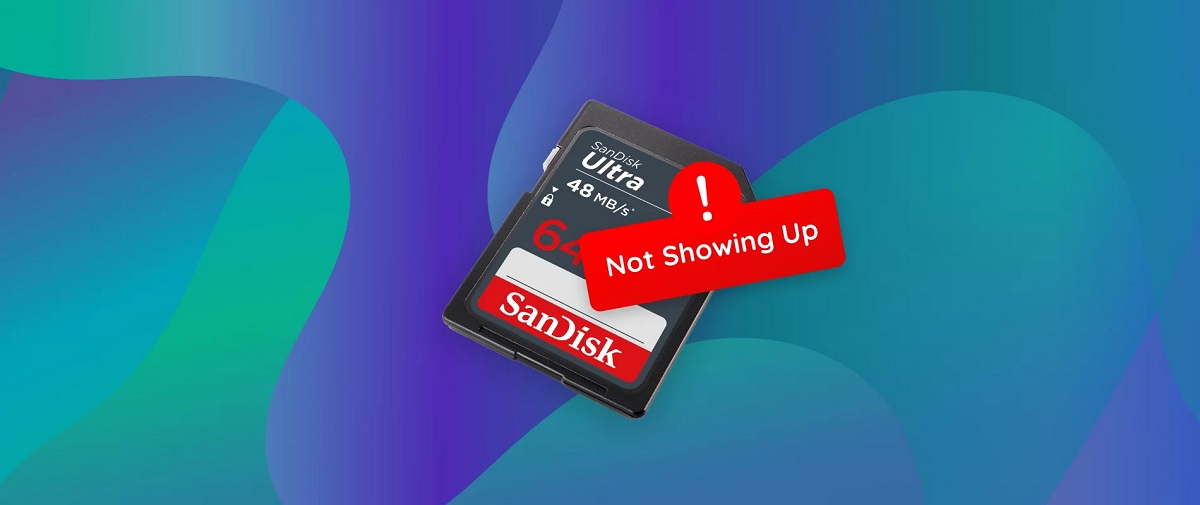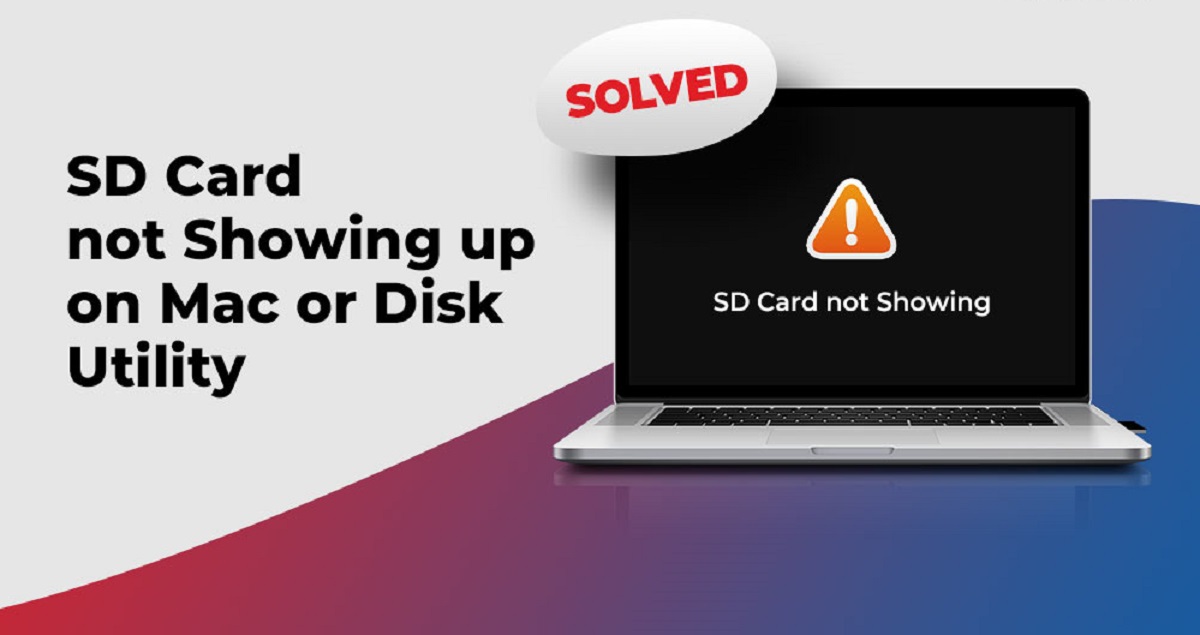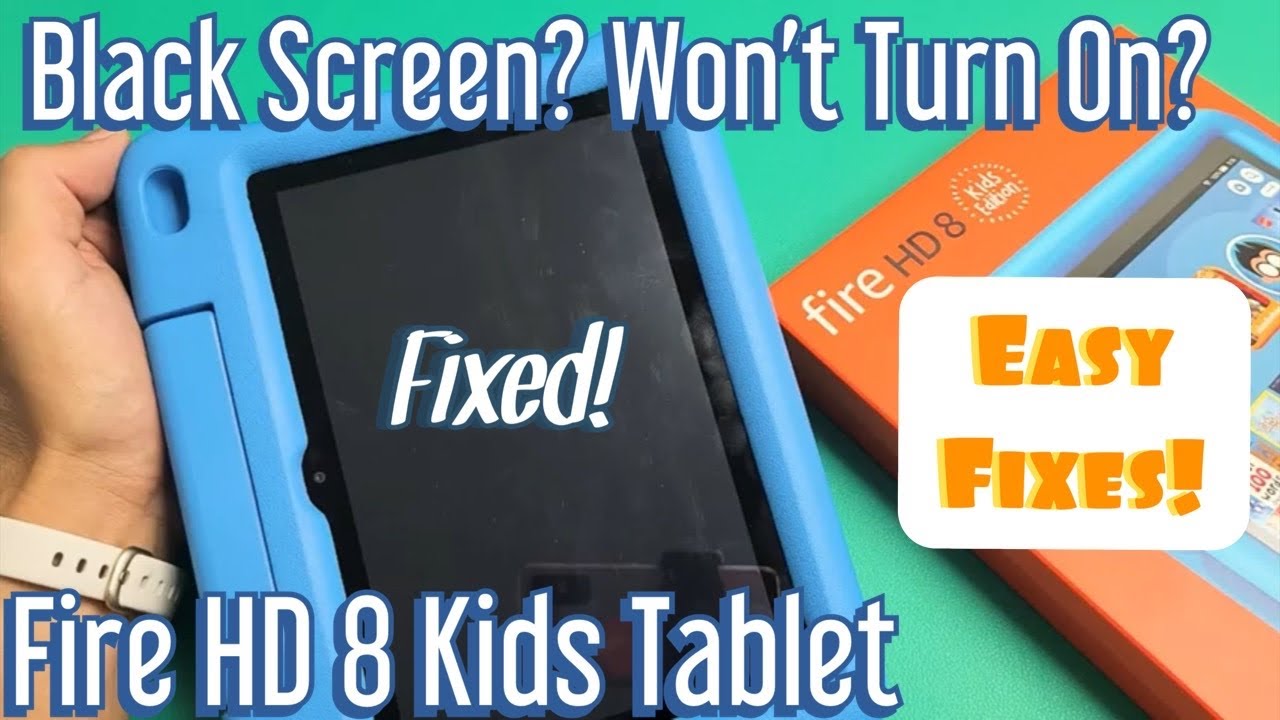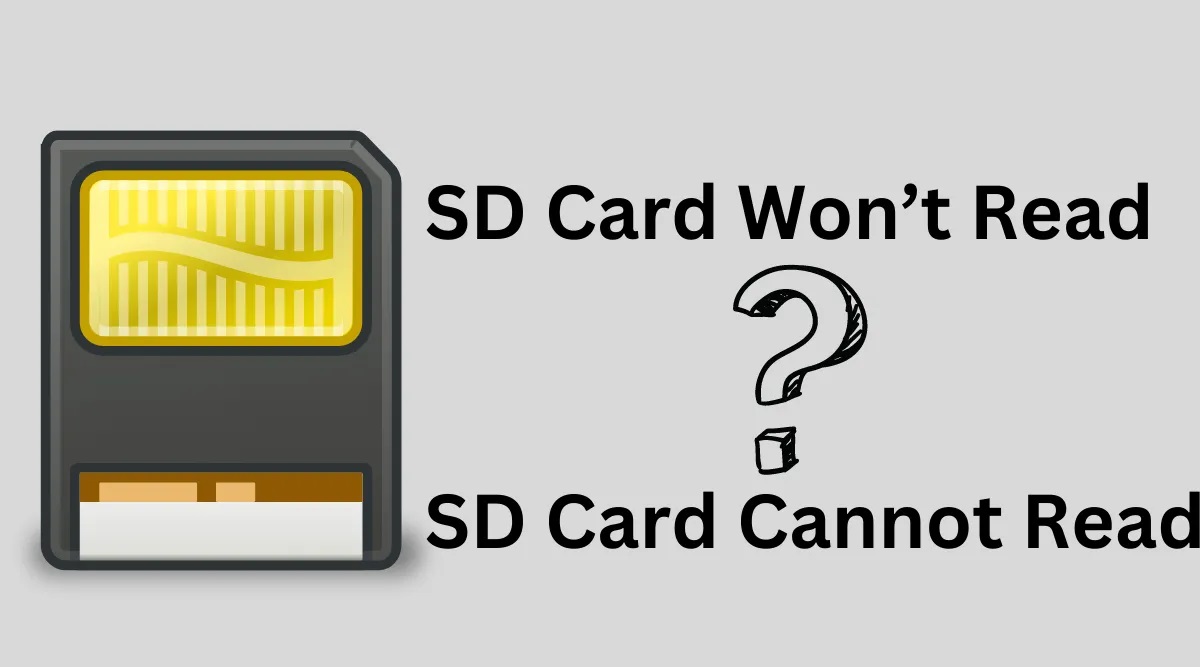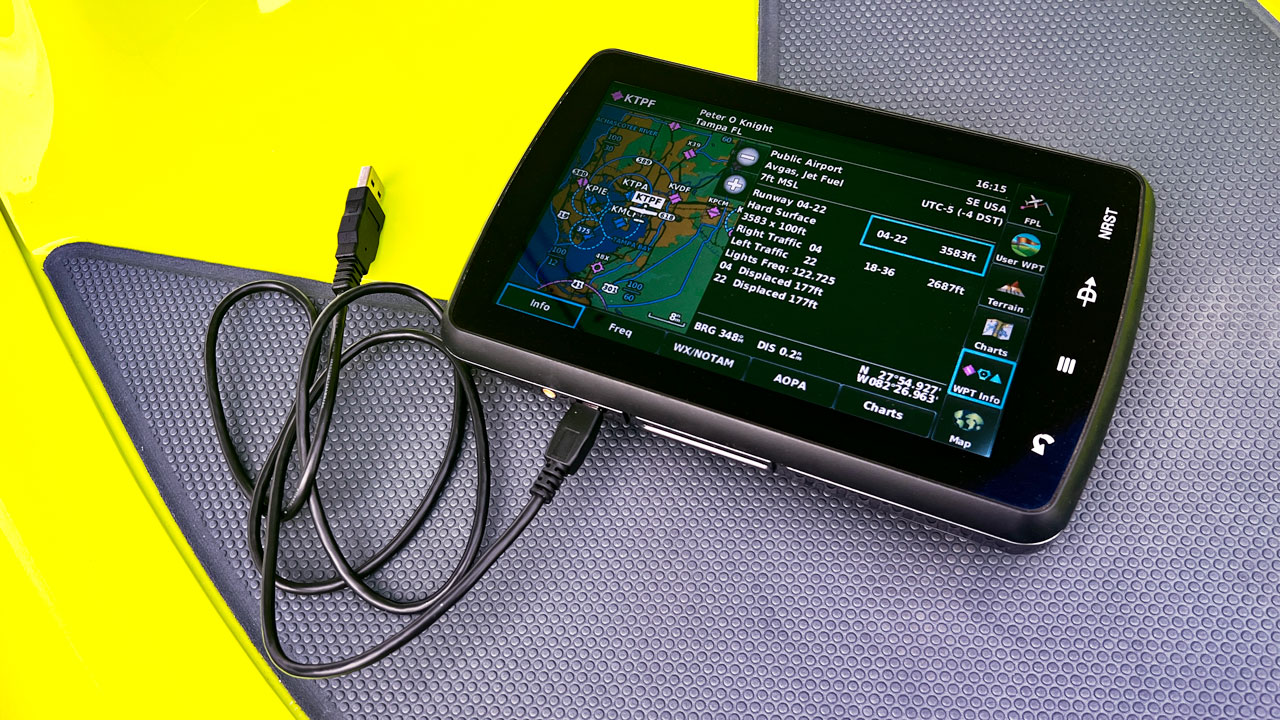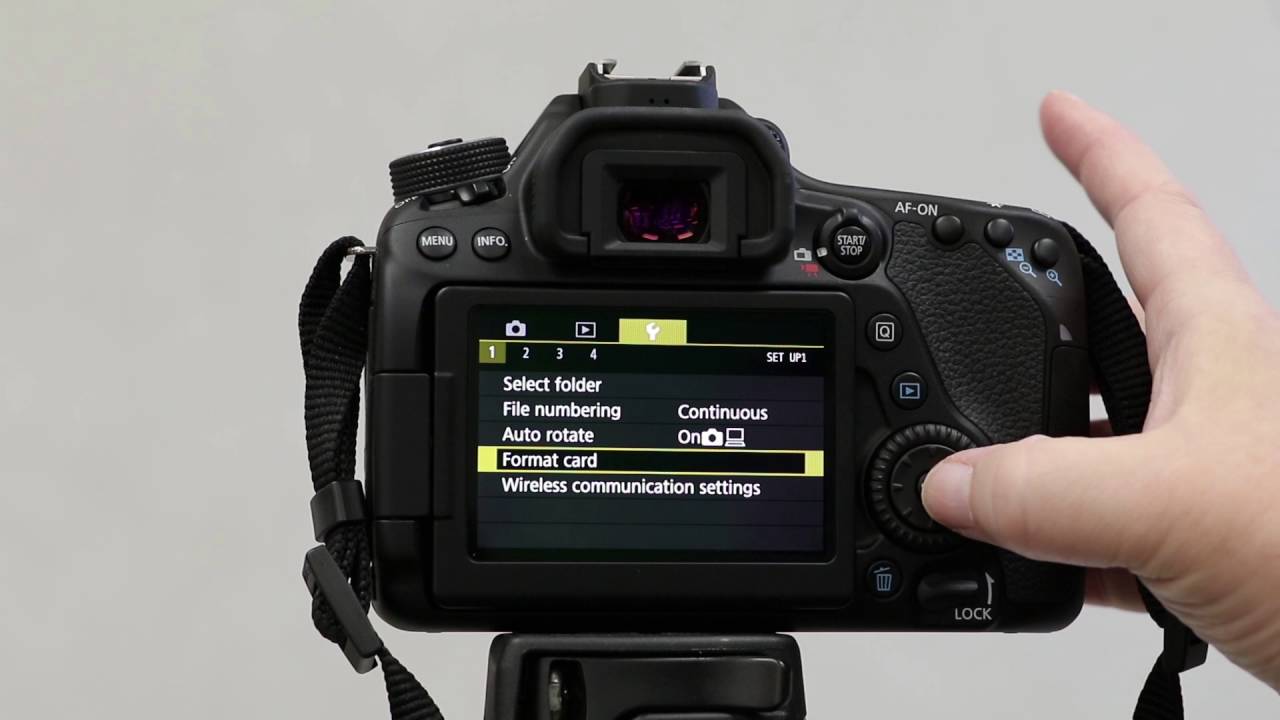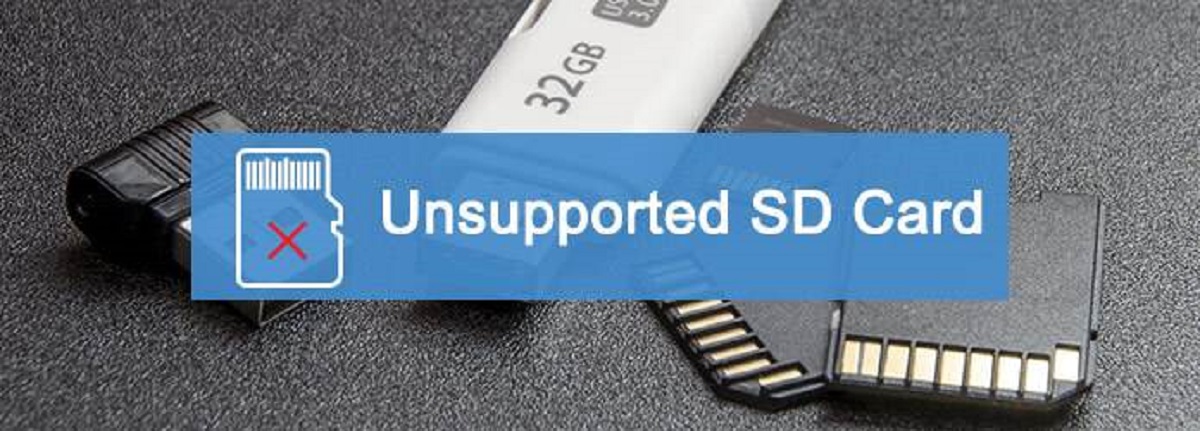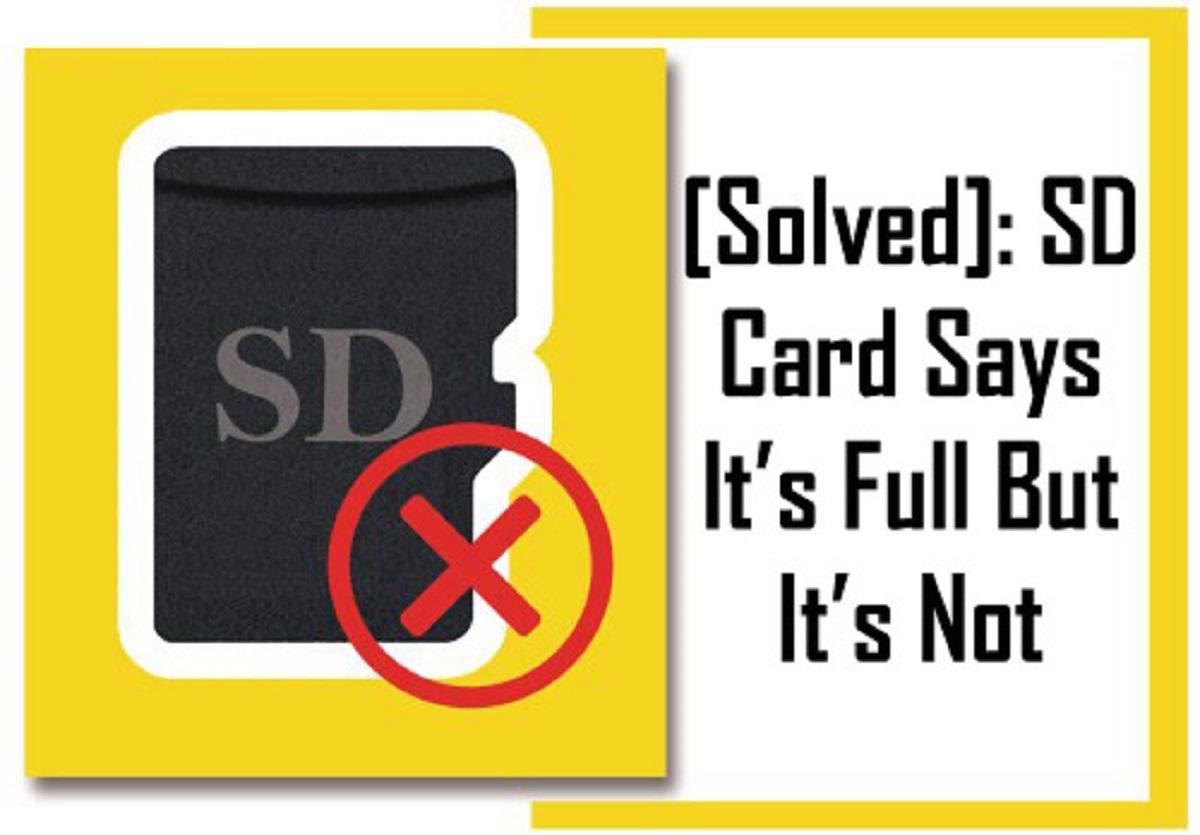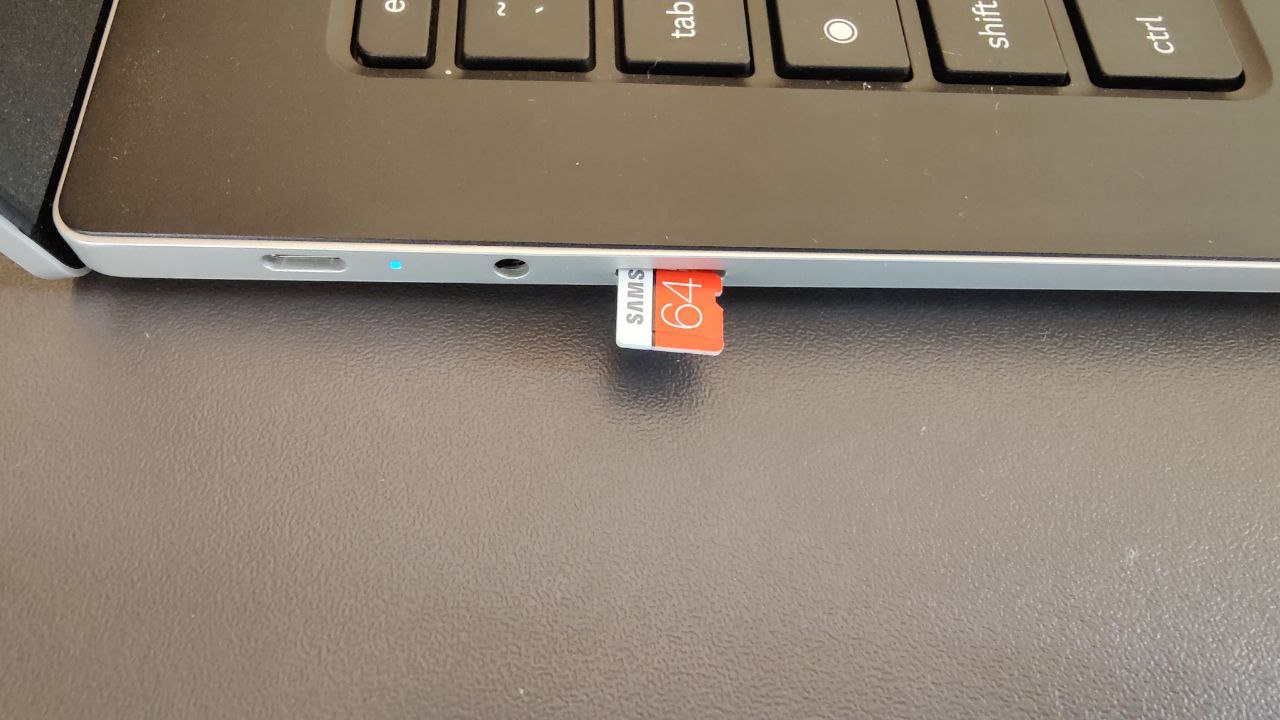Introduction
SD cards, or Secure Digital cards, are widely used for storing and transferring data in various devices such as cameras, smartphones, and tablets. They have become an essential companion for those who rely on removable storage for their digital files. However, encountering the issue of an SD card not showing up can be frustrating and may hinder your ability to access your important data.
When an SD card is not recognized by your device or computer, it can be due to a variety of reasons. It could be a simple physical connection issue, outdated drivers, a drive letter conflict, or even a problem with the SD card itself. In this article, we will explore some of the common reasons why an SD card may not be showing up and provide potential solutions to resolve the problem.
It is important to note that before attempting any troubleshooting steps, you should make sure that the SD card is properly inserted into the card slot or reader. Sometimes, a loose or misaligned connection can prevent the SD card from being detected. Additionally, if possible, try inserting the SD card into a different device or computer to see if the problem persists. Now, let’s delve into the various reasons why an SD card may not be showing up and the potential solutions to address the issue.
Reasons why the SD card is not showing up
There are several reasons why your SD card may not be showing up on your device or computer. Understanding these reasons can help you troubleshoot the issue effectively. Here are some common causes to consider:
- Physical connection issues: Sometimes, the SD card may not be recognized due to a loose or faulty connection. A slight misalignment or a dirty card slot can prevent the device from detecting the SD card.
- Outdated or incompatible drivers: If the drivers responsible for recognizing the SD card are outdated or incompatible with your device’s operating system, it can lead to the SD card not showing up. Updating the drivers can often resolve this issue.
- Drive letter conflicts: Each storage device on your computer is assigned a unique drive letter. In some cases, the SD card may not be assigned a drive letter or may conflict with an existing drive letter, causing it to be invisible to the system.
- Corrupted or unrecognized file system: If the file system of the SD card becomes corrupted or is in a format that your device cannot recognize, it may not show up. This can happen due to improper ejection, virus/malware infections, or simply using incompatible file systems.
- SD card hardware issues: Physical damage to the SD card, such as a broken connector or a faulty memory chip, can prevent it from being recognized by the device or computer.
These are just a few of the potential reasons why an SD card may not be showing up. Identifying the specific cause will help you choose the appropriate solution for resolving the issue. In the following sections, we will explore several troubleshooting steps that you can take to fix the problem of an SD card not showing up.
Solution 1: Checking physical connections
The first step in troubleshooting the issue of an SD card not showing up is to check the physical connections. Sometimes, a loose or faulty connection can prevent your device or computer from detecting the SD card. Here are some steps you can take to ensure a proper physical connection:
- Check the insertion: Remove the SD card from your device’s card slot or the card reader and re-insert it firmly. Make sure that the card is properly seated in the slot and aligned correctly.
- Clean the card and slot: Dust, debris, or dirt particles can hinder the connection between the SD card and the device. Gently clean the contacts on the SD card using a soft, lint-free cloth. If the card slot is dirty, blow some compressed air into it or use a small brush to remove any debris.
- Inspect the card and slot: Examine the SD card for any signs of physical damage like cracks or bent pins. Similarly, inspect the card slot for any visible issues. If any damage is spotted, it may require professional repair or replacement.
- Try a different card reader: If you are using an external card reader, try connecting it to a different USB port on your computer. Sometimes, a faulty USB port can prevent the SD card reader from functioning correctly.
- Use a different device: If possible, try inserting the SD card into a different device or computer to check if the issue persists. This will help determine if the problem lies with the card or the original device.
By thoroughly checking the physical connections and ensuring that the SD card is properly inserted, you can eliminate any potential issues caused by loose connections or dirt. If the SD card still does not show up, proceed to the next solution to further troubleshoot the problem.
Solution 2: Updating drivers
Outdated or incompatible drivers can often be the cause behind an SD card not showing up on your device or computer. Drivers are software programs that facilitate communication between the operating system and the hardware devices connected to your computer. If the drivers responsible for recognizing the SD card are outdated or incompatible, it can lead to the issue at hand.
To update the drivers for your SD card, follow these steps:
- Identify the SD card: Open the Device Manager on your computer. In Windows, you can do this by right-clicking on the Start button and selecting Device Manager from the menu.
- Expand the “Disk drives” section: In the Device Manager window, find and expand the category labeled “Disk drives” by clicking on the arrow icon next to it.
- Locate the SD card: Look for the SD card entry. It may be labeled with the SD card’s brand or model name. Right-click on the SD card and select “Update driver” from the context menu.
- Let Windows search for updated drivers: In the driver update window, select the option to let Windows search automatically for updated driver software. Windows will search online and install the appropriate drivers if available.
- Restart your computer: After the driver update process is complete, restart your computer to apply the changes.
If Windows is unable to find updated drivers for your SD card, you can visit the manufacturer’s website to download and install the latest drivers manually. Make sure to select the drivers that are compatible with your operating system.
Updating the drivers often resolves issues related to the SD card not showing up. However, if the problem persists, try the next solution to assign a drive letter to the SD card.
Solution 3: Assigning a drive letter
Sometimes, the reason why your SD card is not showing up is because it is not assigned a drive letter. Drive letters are used to identify different storage devices connected to your computer. If the SD card is not assigned a drive letter, your computer may not be able to recognize it. To resolve this issue, you can manually assign a drive letter to the SD card. Here’s how:
- Open Disk Management: Right-click on the Start button and select “Disk Management” from the context menu. This will open the Disk Management utility.
- Locate the SD card: In the Disk Management window, look for the SD card. It should be listed as a removable disk without a drive letter assigned to it.
- Right-click on the SD card: Right-click on the SD card and select “Change Drive Letter and Paths” from the context menu.
- Assign a new drive letter: In the next window, click on the “Add” or “Change” button. Choose a new drive letter from the drop-down menu and click “OK” to assign it to the SD card.
- Refresh the Disk Management: After assigning the drive letter, go to the “Action” menu and select “Rescan Disks” or simply refresh the Disk Management window to update the changes.
Once you have assigned a drive letter to the SD card, it should now be visible in the File Explorer or My Computer. If the SD card still does not show up, there may be other underlying issues. In the next solution, we will explore the option of formatting the SD card to potentially resolve any file system related problems.
Solution 4: Formatting the SD card
If your SD card is not showing up despite trying the previous solutions, there may be issues with the file system or data corruption on the card. In such cases, formatting the SD card can often solve the problem. However, it is important to note that formatting will erase all data on the card, so it is crucial to backup any important files before proceeding.
To format the SD card, follow these steps:
- Insert the SD card: Ensure the SD card is inserted into the appropriate card slot or reader on your device or computer.
- Open File Explorer or My Computer: Locate the SD card under the “Devices and drives” section.
- Right-click on the SD card: From the context menu, select “Format” to open the formatting dialog box.
- Select the file system and allocation unit size: Choose the desired file system for the SD card. It is recommended to use the default file system, typically FAT32 or exFAT, unless your device or specific requirements dictate otherwise. Also, select the appropriate allocation unit size.
- Start the formatting process: Click on the “Start” button to initiate the formatting process. Be patient as the process may take some time depending on the size of the SD card.
After the formatting is complete, check if the SD card is now recognized by your device or computer. If it is showing up, you can safely transfer your backed-up data back onto the SD card.
If formatting the SD card does not resolve the issue, there may be a possibility that the card itself is faulty. In the next solution, we will discuss the option of using a different SD card reader or trying the SD card on a different computer to further troubleshoot the problem.
Solution 5: Using a different reader or computer
If your SD card is still not showing up after trying the previous solutions, it’s possible that there may be an issue with your current card reader or computer. To troubleshoot this, you can try using a different SD card reader or inserting the SD card into a different computer. Here’s what you can do:
- Try a different SD card reader: If you are using an external card reader, disconnect it from your computer and try using a different one. Sometimes, the card reader itself may be faulty or incompatible with your SD card.
- Insert the SD card into a different computer: If you have access to another computer, try inserting the SD card into it to see if it is recognized. This will help determine if the problem lies with your original computer or with the SD card itself.
- Check for driver updates: If you are using a different computer, make sure to check for any driver updates related to the SD card reader. Updating the drivers on the different computer may help resolve any compatibility issues.
- Use a different USB port: If you are using an external card reader, try connecting it to a different USB port on your computer. Sometimes, certain USB ports may not provide adequate power or may have compatibility issues.
By using a different SD card reader or trying the SD card on a different computer, you can determine whether the problem lies with your original setup or with the SD card itself. If the SD card works fine on a different reader or computer, it’s likely that there is an issue with your original card reader or system configuration. In such cases, contacting technical support or seeking professional assistance may be necessary.
If the SD card still does not show up or work properly on any other devices or computers, it is possible that the card itself may be faulty or damaged. In the next solution, we will discuss the option of recovering data from a faulty SD card.
Solution 6: Recovering data from a faulty SD card
In the unfortunate event that your SD card is not showing up and you have important data stored on it, there are steps you can take to attempt data recovery before considering other options. Please note that data recovery is not always guaranteed, especially in cases where the SD card is physically damaged or has severe corruption. However, it’s worth trying before giving up completely. Here are some steps you can follow:
- Use data recovery software: There are various data recovery software programs available that can help you recover data from a faulty SD card. These tools use advanced algorithms to scan the card and retrieve lost or deleted files. Do some research and choose a reputable data recovery software that suits your needs.
- Connect the SD card to the computer: Use a card reader or the appropriate adapter to connect the SD card to your computer. Ensure that the computer recognizes the SD card as a removable storage device.
- Install and run the data recovery software: Follow the instructions provided by the data recovery software to install it on your computer. Once installed, launch the software and select the option to recover files from a removable storage device.
- Select the SD card and start the scan: In the data recovery software, choose the SD card as the target for the scan. Select the appropriate scan settings based on your requirements, such as file types to recover or specific folders to search. Start the scan and wait for the software to analyze the SD card.
- Preview and recover the data: After the scan is complete, the data recovery software will present a list of recoverable files. Preview the files to ensure their integrity and select the files you want to recover. Choose a safe location on your computer or another storage device to save the recovered data.
It is important to note that the success of data recovery depends on the extent of damage or corruption on the SD card. If the SD card is physically damaged or has severe data corruption, professional data recovery services may be required. These services specialize in recovering data from damaged storage devices and employ specialized techniques and tools. However, keep in mind that professional data recovery can be costly.
If data recovery is not successful or not applicable in your case, you may need to consider replacing the SD card and adopting preventive measures to avoid data loss in the future.
With these potential solutions, you can now attempt to resolve the issue of an SD card not showing up on your device or computer. Remember to backup your important data regularly and handle SD cards with care to minimize the risk of future issues.
Conclusion
Encountering the problem of an SD card not showing up can be frustrating, especially when you have important data stored on it. However, by understanding the various reasons behind this issue and following the appropriate solutions, you can often resolve the problem and regain access to your data.
Throughout this article, we discussed several solutions for troubleshooting the issue of an SD card not showing up. These solutions included checking physical connections, updating drivers, assigning a drive letter, formatting the SD card, using a different reader or computer, and attempting data recovery from a faulty card.
It is important to note that not all solutions may be suitable for every situation. The cause of the problem can vary, and the effectiveness of the solutions may depend on factors such as the device, operating system, and the condition of the SD card itself. It may be necessary to try multiple solutions or seek professional assistance if the problem persists.
To prevent further issues with SD cards, it is recommended to handle them with care, avoid mishandling or dropping them, and regularly backup your important data. Additionally, keeping your drivers and devices up to date can help minimize compatibility issues and ensure optimal performance.
In conclusion, troubleshooting the issue of an SD card not showing up requires a systematic approach and consideration of various factors. By being patient and following the suggested solutions, you can increase the chances of resolving the problem and accessing your valuable data stored on the SD card.







